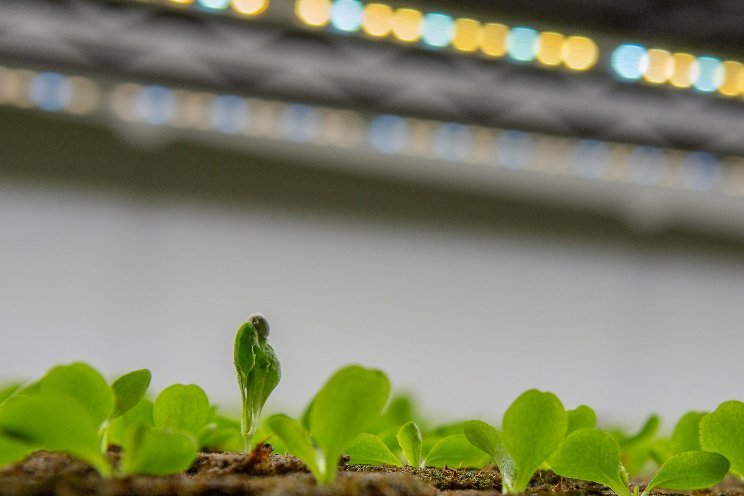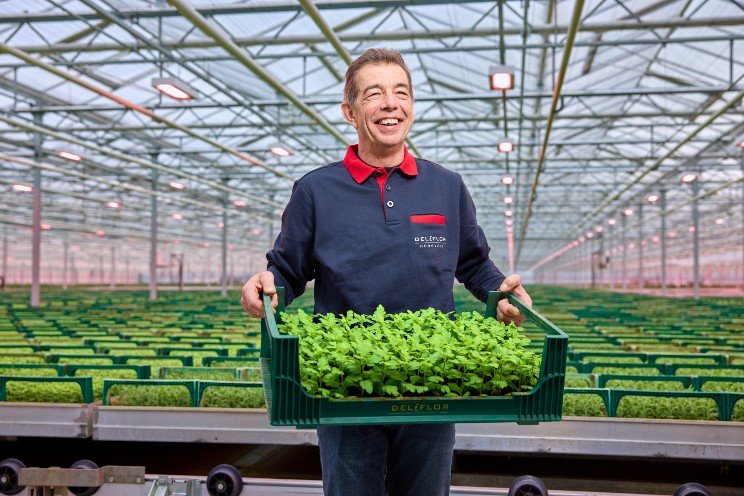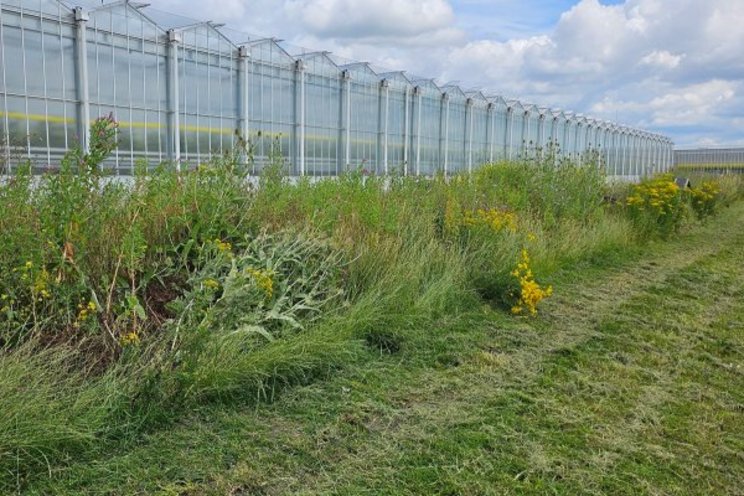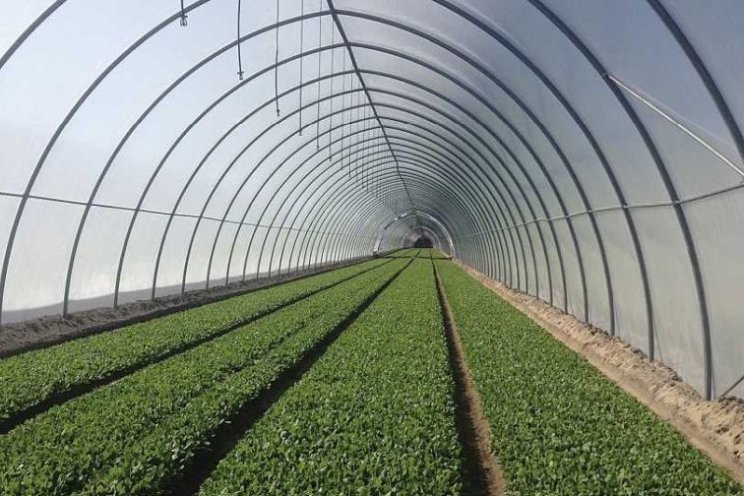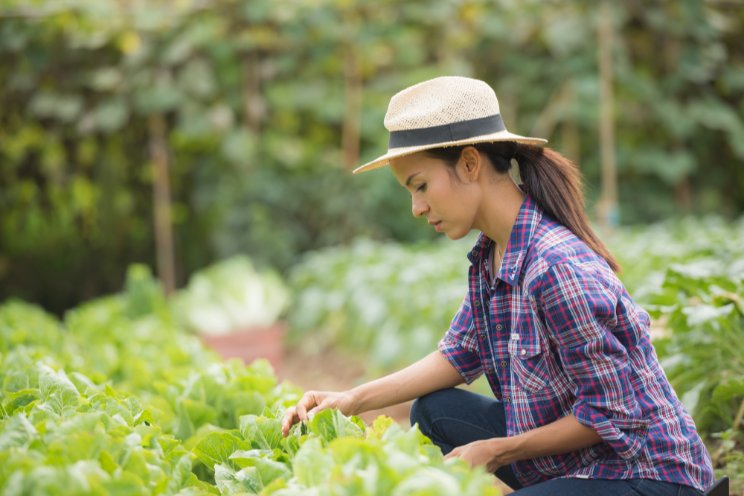How growers are future-proofing with flexibility
Added on 11 April 2023
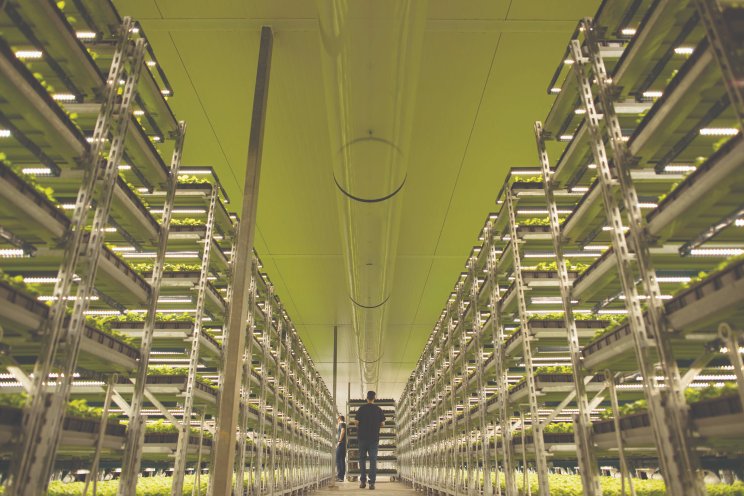
The Sky is the Limit
Although each vertical farm is uniquely built to overcome local challenges and to meet specific goals, the advantages of farming vertically are universally evident: space efficiency, hyper-locality to consumers, and water conservation stand out among a plethora of benefits. Energy-efficient LEDs have made controlled-environment agriculture (CEA) a viable option for commercial growers around the world. Vertical farming—in many ways–is the obvious next step up.
Earth is the Limit
Roughly 12,000 years ago, agriculture birthed the oldest cities and the most powerful empires on Earth. The domestication of wild crops and the storing of cereals and grains allowed population centers to develop, grow, and specialize beyond hunting, gathering, and herding. However, for much of human history, farmers have been at the mercy of their location, environment, and pests.
In ancient Egypt, farming was limited to the short stretch of fertile black sand on each side of the Nile River. In Mesopotamia, flat floodplains forced the growing cities to build irrigation ditches, canals, and high circular walls. Indeed, in every part of the world, humans have learned to adapt to their environmental conditions by innovating new ways of agriculture. This fact is evidenced by a great diversity of agricultural forms: from rice paddies cut into mountain slopes to flat fields of wheat.
Soil is the Limit
Our ancients understood that arable soil requires nutrients. By rotating crops that take different elements from the soil, growing near volcanoes and river deposits, or fertilizing with organic matter and nitrogen-giving trees, our ancients preserved their farmlands and yielded greater harvests to feed their growing cities. But ancient cities were small by today’s comparison. Even Rome—by far the largest city in the ancient world—contained a population of perhaps one million people, which is equivalent to modern-day San Jose, Austin, or Jacksonville.
Photo: FLUENCE
More news

